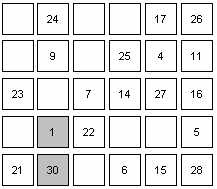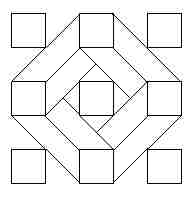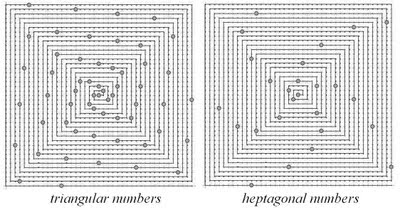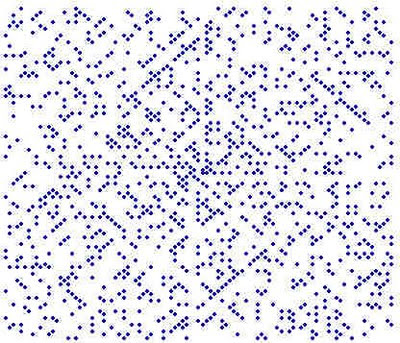I attended a
JUMP-math presentation last week - here are some of my notes. JUMP is a Canadian charity that produces mathematics teaching and learning resources for grades 1-8. It was founded by
John Mighton, a very interesting guy.
Some things that I've learned about JUMP:
1. JUMP provides resources for the classroom teacher that are grounded in a very positive and research-based philosophy for mathematics education. JUMP 1-8 resources line up with the Ontario Curriculum (and the Western Curriculum, and to a lesser extent, the Atlantic Curriculum). I can't really do the JUMP approach justice in this note, but I'll try to highlight a few reasons why I am impressed with it below.
2. JUMP has been by adopted in various schools throughout Canada and around the world. JUMP
should be more widely adopted in Ontario public schools,
but currently it is not. I think there are three key reasons for this: a) its history; b) its charity status; c) some misunderstandings about its methods.
3. The various JUMP resources that are available include: (1) JUMP teacher-resources are available online for
free at their
website. You have to register to get these because JUMP has to track who is using its materials as part of its charity designation. (2) You can order the JUMP workbooks from here also (these will cost you) - these are intended to be used along with the teacher resources. (3) There are also 'JUMP at home' books which are available from book stores and are based on materials that have been licensed from JUMP.
4. John Mighton, JUMP's founder strongly believes that no one has an innate inability that prevents them from learning and enjoying mathematics.
I agree, and I think sharing this assumption is a necessary starting point for anyone involved in teaching math to young people.
A bit more context:
JUMP, having started as a tutoring program founded by an education-industry outsider is not always understood to be a complete classroom program, which it now is. Its charity status means that it threatens the big industry text-book publishers who, while promoting their own (for-profit) texts and resources, likely do their best to block JUMP from gaining any ground. JUMP's charity status has led it to adopt a business model where it offers its teacher-resources for free, and recoups costs through printing and selling workbooks (which they claim are not even necessary - the teacher resources are the main part of the program). As a charity, JUMP has not joined the text-book publishing business, and because it does not publish a bound textbook it is not fully sanctioned by Ontario's
Trillium List. In addition to these barriers, JUMP has often been misunderstood, and sometimes misrepresented by its proponents, as a "back to basics" approach that is somehow at odds with current approaches in math education.
Seeing JUMP as "back to basics / skill and drill" approach to mathematics misunderstands its approach at a fundamental level. This misunderstanding has developed in part because of the workbooks (which at a quick glance look like a bunch of worksheets), and because JUMP is very task-oriented. Folks from JUMP take pains to point out that it does not emphasize drill, but instead "guided exploration" and "micro-inquiry" - the workbooks are supplementary, and shouldn't be looked at out of context from the teacher resources. Although the teacher is called up on to explicitly teach concepts, the lessons are set up so that students are continuously working on tasks, providing many opportunities for formative evaluation and feedback.
In this approach, numeracy is developed through careful and precise attention to details - nothing is glossed over or assumed. This shows an appreciation both for the underlying mathematics and for difficulties learners can face. Nothing is ever presented as "this is how it is done, just memorize the algorithm." For example, the development of the standard long-division algorithm in grade 5 is extremely well done, with great use of base-10 blocks, and constant references to the way "sharing" concepts were modeled in earlier lessons. Going through this helped me understand long-division better. :)
There should not be a trade-off between skill-mastery and creativity in mathematics. According to the JUMP philosophy, strong skills, factual knowledge, and confidence open up possibilities for creativity and risk-taking. They a pre-requisite for problem solving - you can't do higher-order work if you are mired in calculation difficulties and lack the confidence to experiment.
There are lots of informational/promotional videos about JUMP on their
youtube channel, and also an extended interview with
John Mighton on the
TVO site.




















